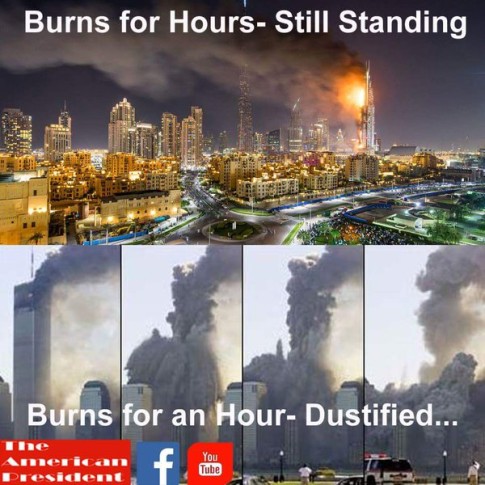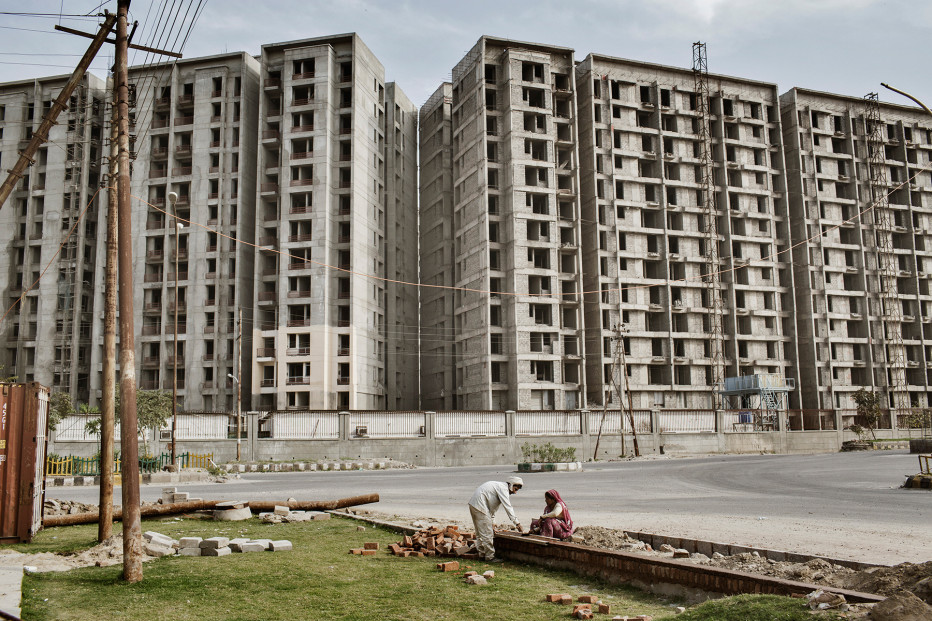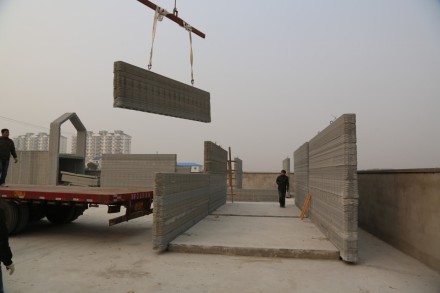For clarification:
Thomas Russell:
“I could be wrong, but I thought the char was left on as the protectant? Either way, nice blend of cultural history going into the cabin. I’m loving it. (Comment NOT sponsored by McDonald’s.)”
“lol. You’re right. The heat still carbonizes some of the underlying wood and some of the char remains even after brushing lightly. However, leaving the full char on for exterior applications means it will last that much longer before the char erodes off. I’m only using this brush and oil technique on the interior where it won’t be exposed to weather.”
* * *
PayPal: Donate in USD
PayPal: Donate in EUR
PayPal: Donate in GBP











